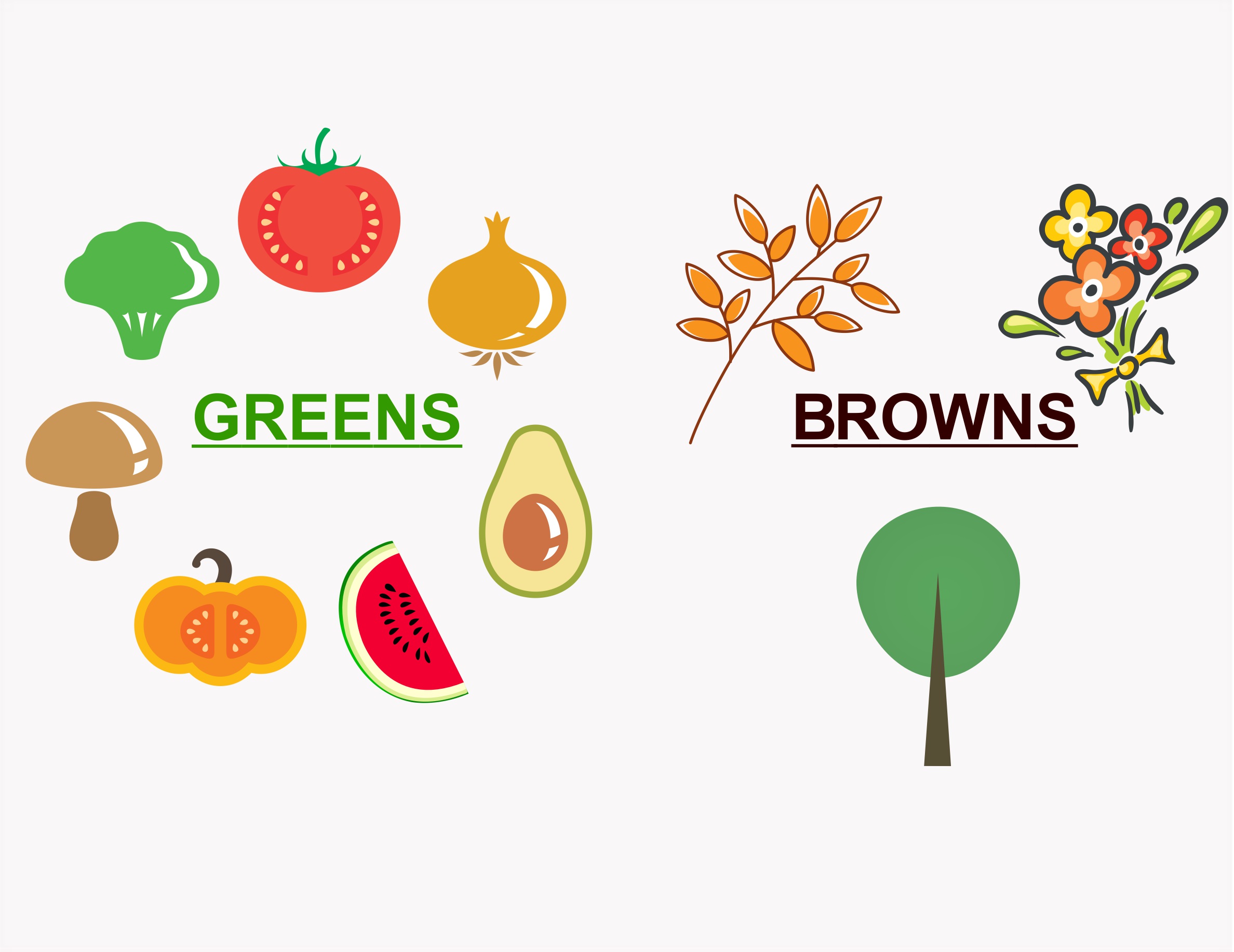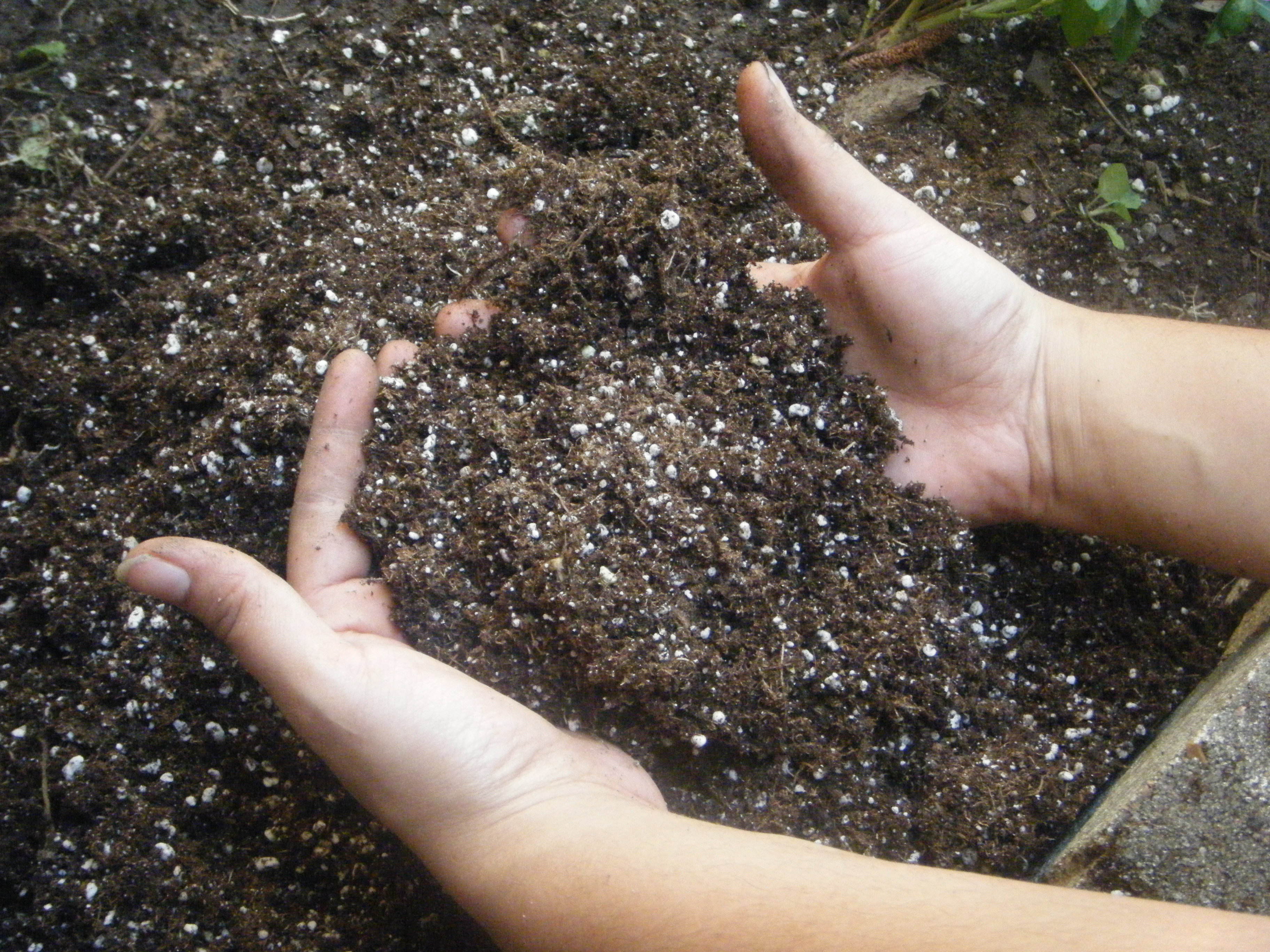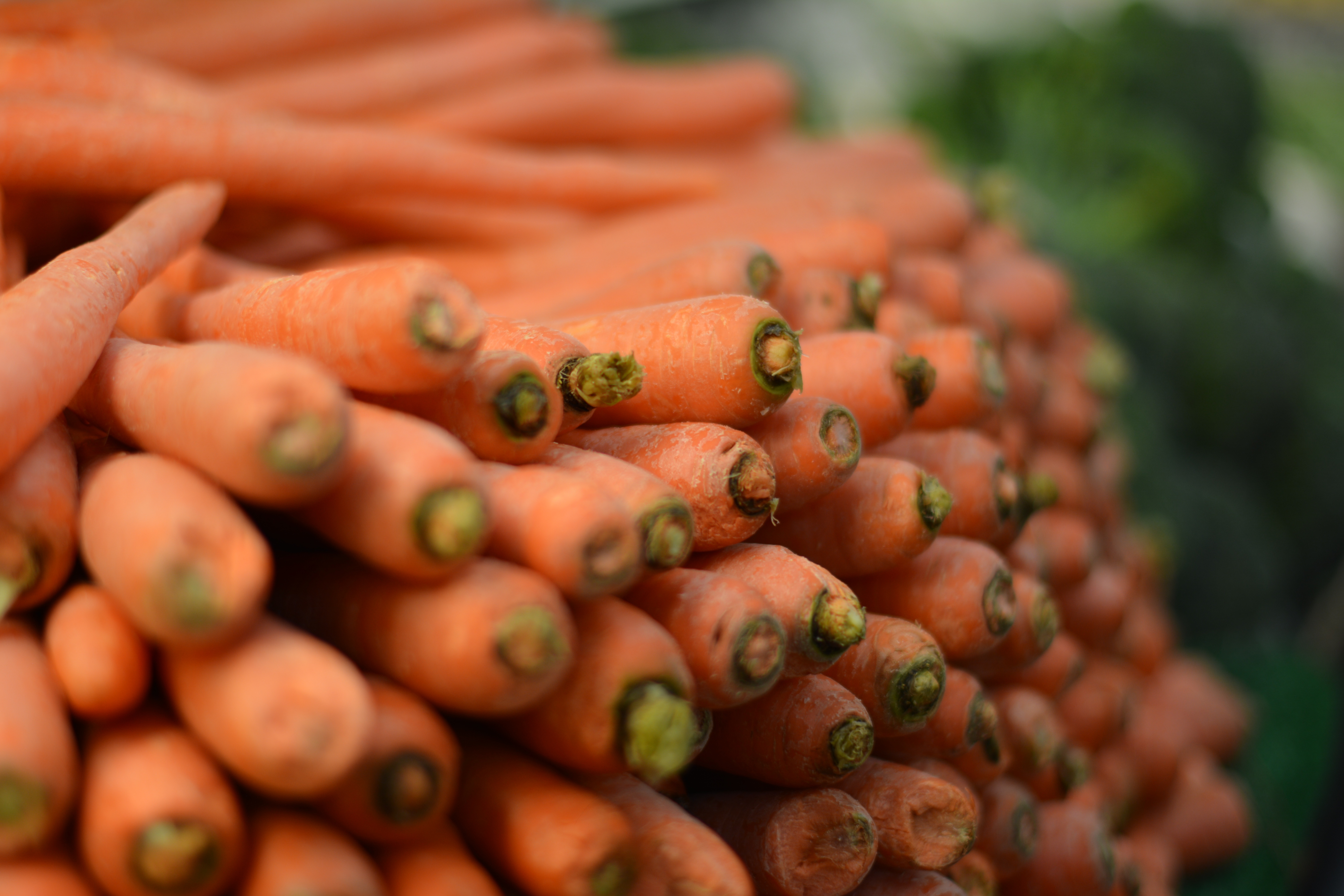Can you cut 1 Tonne of carbon pollution out of your life?
Take the challengeSpring is here! And it’s the perfect time to start your very own compost bin!
This is something I've been meaning to do for a while now, but the catalyst was witnessing the tragic waste of a whole watermelon in our fridge last week because no one in our house knew it was there.
If we'd managed our food properly to reduce our waste, this wouldn't have happened in the first place, but having a compost bin would have softened the blow. This act of unnecessary waste inspired me to start a compost bin in our backyard, and I challenge you to do the same!
Put it in the (compost) bin!
The benefits of starting your compost bin far outweigh the cons, with the main one being how good it is for the environment! Compost is a natural alternative to chemical fertilizer, (the excess of which runs into waterways and can be harmful to fish and other aquatic species). It will increase nutrients in your soil, wards off plant diseases and improves soil structure.
Food waste is a big issue not only in Australia, but world-wide. It's the second largest source of methane in our atmosphere and makes up 40% of the average curbside garbage bin. Starting a compost bin or pile for your food and yard scraps can divert 30% of waste away from the garbage can! This is especially important now with the recent news that Australia produces more greenhouse emissions per capita than any other developing country.
Composting is also a great way to get your whole family involved in recycling and sets a good example for your friends and neighbours. You might even inspire others to start one themselves!
What a heap!
Good compost is a delicate balance of carbon and nitrogen, or greens and browns. Greens are your fruit and vegetable scraps, coffee grounds, grass clippings and browns are things like leaves, straw and shredded paper.

The browns (carbon) act as a source of energy, whilst the greens (nitrogen) build cell structure. Microorganisms within the pile break down the organic matter and produce carbon dioxide, water, heat, and humus (mature compost). These little organisms also help to aerate the soil and ward of plant disease! The suggested carbon to nitrogen ratio is 2:1, two parts fruit and veggie scraps to one dense part shredded leaves, hay or paper!
What are you waiting for?
The two most popular methods of composting are the Add-as-you-go and the Batch method which can both be done in a pile or compost bin. The add-as-you-go is the easiest method; it's great for first time composters and can get the whole household involved in recycling food scraps!
However, it does decompose slower because of the lack of heat and may not be as nutrient rich as other methods. Using this method, your compost bin may be prone to odor problems; but this can be reduced by keeping a good balance of greens and browns!
The batch method involves stockpiling your kitchen and garden waste and adding it in layers. This is great for intermediate gardeners who really want to give the best to their garden and have the time to go that extra mile. Whilst this composting method is faster and produces richer hummus, it requires continuous upkeep and more work on your end (rather than nature's end).
Despite the cons, the add-as-you-go method is the most popular way to recycle and is perfect for households that produce little waste or who want to recycle their food scraps but simply don't have enough time.

Image: wikimedia
Here's what you'll need to get started:
- A compost bin, drum or pile.
- The Compost Revolution program is an initiative that supplies half price compost bins or worm farms to members of participating councils. All you have to do is go to their website, and search to see if your local council is involved in the program and if they are read a fun tutorial, take a quiz and be on your way!
- If your local council isn't involved you may still want to do the interactive tutorial but can buy a bin from a hardware store or make your own out of chicken wire, stacked pallets, a garbage can or bin!
- Garden Hose
- Pitchfork or shovel
- Kitchen scraps pail
Method:
- Start with a layer of coarse browns (twigs, stalks, plant stems, straw/hay) about seven centimeters deep. This will help with the drainage and ventilation of your pile/bin.
- Add a mixture of greens and browns onto the compost as it becomes available, make sure to balance your greens and browns (2:1) to avoid odor and keep your compost hot and happy!
- Using a shovel or pitchfork move the scraps on the inside of the bucket/pile to the outside to aerate your compost and speed up the decomposing process (this is called turning)! Do this a few times a week or whenever your compost looks like it needs it.
- When adding a lot of greens, put a layer of browns on top to stop compost loving rodents from getting in (this will be mixed into the compost next time you turn it!)
- A compost pale or bucket in your kitchen is good for quick disposal, and will save you having to take your individual food scraps to the compost pile. This way you can just empty the pale/bucket whenever it becomes full!
- To keep your compost happy, make sure to keep your pile damp and aerated, by consistently watering and turning it, this will help speed up the decomposition process but is not necessary if you don't have the time!
- The usable compost will always be at the bottom. You'll know it's ready when it looks like soil and smells earthy.

What to compost
Food stuffs
- Fruit and vegetable scraps (even citrus peels as long as they're cut up finely)
- Egg shells
- Coffee grounds (and coffee filters)
- Tea bags (only organic material, otherwise rip them open and compost only the leaves)
- Loose leaf tea
- Old herbs and spices
- Stale seeds (pumpkin, sunflower, sesame – chopped up so they don't sprout)
- Avocado seeds (again, chopped up to avoid sprouting)
- Old jelly, jam or preserves
Paper/cardboard stuffs
- Bamboo skewers (snapped up into pieces)
- Paper cupcake or muffin cups
- Used paper napkins and paper towels
- Paper or cardboard (shredded)
- Envelopes (minus the plastic window)
- Pencil shavings
- Post it notes
- Burlap sacks
- Old rope and twine (plastic free)
Odds and ends
- Human or animal hair
- Old cotton clothing cup up into small pieces or shredded
- Dry dog or cat food

What not to compost
- Walnuts – they contain a chemical called juglone which is toxic to some plants
- Meat or bones (unless you're using the Berkeley hot composting method)
- Dairy products
- Cat litter
- Weeds
- Cooking oils
- Diseased plants
- Heavily coated or printed paper
This is not the be all and end all to composting- there is plenty of stuff out there on the web to guide you! Alternatively, if you live in an apartment or somewhere with no room for a compost bin community composting might be the way to go for you!
It's something we say time and time again; small changes in your daily life have a huge collective impact. Saving your scraps and turning them into something that will nourish your garden, and ultimately yourself is a step in the right direction. Plus, it's always good to get outside and soak up a bit of vitamin d. Happy composting!
Header image: Ben Kerckx
READ THIS NEXT: [Infographic] Food waste facts to make you think twice
Share your compostng success story, let us know your best tips in the comment section below!

